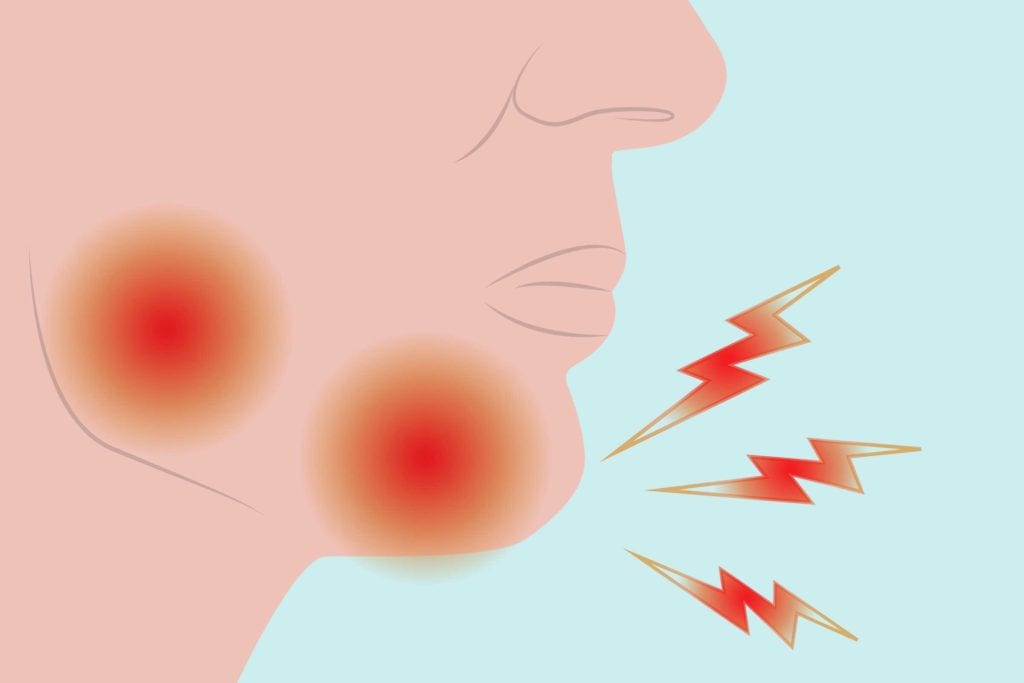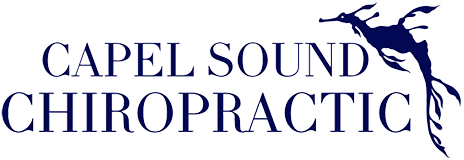Understanding TMJ Pain and the Chiropractic Approach
That clicking, popping, or even sharp pain you feel when you open or close your jaw? It could be stemming from the temporomandibular joint (TMJ), the hinge connecting your jawbone to your skull. TMJ disorders (TMD) are surprisingly seen in chiropractic and common and can significantly impact daily life, making simple actions like eating, speaking, and even sleeping uncomfortable. Understanding TMJ pain, especially through chiropractic methods, can be crucial in finding relief.
What’s Causing That Jaw Pain?
The causes of TMJ pain are often multifaceted, making chiropractic diagnosis sometimes tricky. Several factors can contribute to the development of TMD, including:
- Muscle Tension: Stress, teeth grinding (bruxism), and clenching can put excessive strain on the jaw muscles.
- Joint Dysfunction: Misalignment or injury to the TMJ itself, perhaps from a direct blow or whiplash.
- Arthritis: Osteoarthritis or rheumatoid arthritis can affect the TMJ, leading to pain and stiffness.
- Dental Issues: Malocclusion (misaligned bite) or dental procedures can sometimes contribute to TMJ problems.
- Poor Posture: Believe it or not, the alignment of your neck and upper back can influence the mechanics of your jaw, hence incorporating chiropractic insights on posture could be beneficial.
The symptoms of TMJ pain can vary widely, including:
- Pain or tenderness in the jaw, face, neck, or shoulders.
- Difficulty opening or closing the mouth fully.
- Clicking, popping, or grating sounds in the jaw joint.
- Headaches, earaches, or dizziness.
- Toothaches or sensitive teeth.
- Locking of the jaw.
How Chiropractic Care Can Offer a Path to Relief
While the jaw might seem isolated, chiropractors understand the intricate connection between the musculoskeletal system as a whole. They take a holistic approach to TMJ pain, focusing on identifying and addressing the underlying causes rather than just treating the symptoms and recognizing that TMJ pain and chiropractic care often intersect for effective treatment.
Here’s how chiropractic care can help with TMJ disorders:
- Restoring Proper Alignment: Chiropractors are experts in assessing and correcting misalignments in the spine, particularly the upper cervical region (neck). Misalignment in this area can directly impact jaw mechanics and muscle tension. Gentle adjustments can help restore proper spinal alignment, reducing stress on the TMJ.
- Addressing Muscle Imbalances: Chiropractors use various soft tissue techniques, such as massage and stretching, to release tension in the jaw, neck, and shoulder muscles. By addressing these muscle imbalances, they can alleviate pain and improve jaw function.
- Improving Joint Mobility: Gentle mobilization techniques can be applied directly to the TMJ to improve its range of motion and reduce stiffness.
- Posture Correction: Chiropractors can provide guidance and exercises to improve posture, which can significantly reduce strain on the jaw and surrounding muscles, contributing to alleviating TMJ pain with chiropractic care.
- Lifestyle Advice: Chiropractors often offer advice on stress management techniques, ergonomic adjustments, and exercises that patients can do at home to manage their symptoms and prevent future issues.
If you’re experiencing the discomfort of TMJ pain, exploring chiropractic care could be a valuable step towards finding lasting relief and restoring comfortable jaw function. A thorough assessment by a chiropractor can help determine if this approach is right for you and pave the way for a more pain-free future.
https://my.clevelandclinic.org/health/diseases/15066-temporomandibular-disorders-tmd-overview







